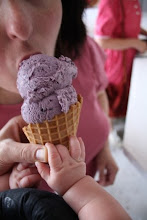What Does it Mean To Be Fraternal?

Fraternal twins (commonly known as "non-identical twins") usually occur when two fertilized eggs are implanted in the uterine wall at the same time. The two eggs form two zygotes, and these twins are therefore also known as dizygotic as well as "biovular" twins. When two eggs are independently fertilized by two different sperm cells, fraternal twins result.
Dizygotic twins, like any other siblings, have an extremely small chance of having the exact same chromosome profile. Like any other siblings, fraternal twins may look very similar, particularly given that they are the same age. However, fraternal twins may also look very different from each other. They may be a different sex or the same sex.
Studies show that there is a genetic basis for fraternal twinning. However, it is only the female partner that has any influence on the chances of having fraternal twins as the male cannot make her release more than one ovum. Fraternal twinning ranges from 1 or 2 per thousand births in Japan (similar to the rate of identical twins) to 14 and more per thousand in some African states.
Fraternals are also more common for older mothers, with twinning rates doubling in mothers over the age of 35.[citation needed] With the advent of technologies and techniques to assist women in getting pregnant, the rate of fraternals has increased markedly. For example, in New York City's Upper East Side there were 3,707 twin births in 1995; there were 4,153 in 2003; and there were 4,655 in 2004. Triplet births have also risen, from 60 in 1995 to 299 in 2004.


0 Comments:
Post a Comment
<< Home